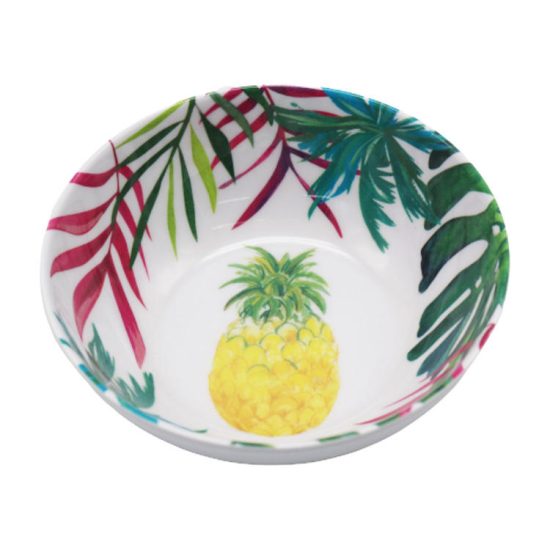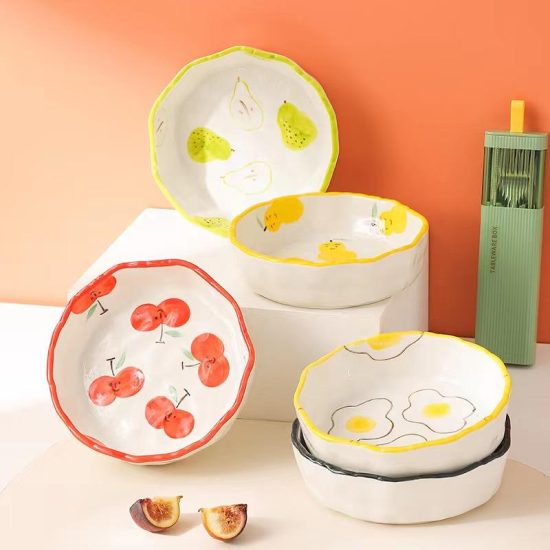Early Origins: Tea originated in ancient China around the 3rd century BCE, and initially, it was consumed by simply steeping tea leaves in hot water. The earliest teapots were ceramic or bronze vessels, similar in shape to wine pots, used for boiling water. These early teapots had no handles and were heated over an open flame.
Yixing Teapots: During the Song Dynasty (10th to 13th century CE) in China, a unique type of teapot known as Yixing teapots emerged. Yixing teapots were made from a special type of clay found in the Yixing region of Jiangsu province. These teapots were known for their porous nature and ability to absorb and retain the flavors of tea, which enhanced the taste over time. Yixing teapots were typically small in size and had a simple, elegant design.
European Influence: The arrival of tea in Europe in the 17th century sparked a surge in tea consumption and the demand for teapots. Initially, Europeans used teapots imported from China, but as tea drinking became more popular, European potters began producing their own teapots. Influenced by the Chinese designs, early European teapots often imitated the shapes and styles of Yixing teapots.
Silver Teapots: In the 18th century, silver teapots gained popularity among the upper classes in Europe and America. These teapots were often elaborate and ornate in design, reflecting the opulence and wealth of their owners. Silver teapots had insulated handles, hinged lids, and sometimes included a separate stand to hold a spirit lamp for keeping the tea warm.
Industrial Revolution and Mass Production: With the advent of the Industrial Revolution in the 18th century, teapot production shifted from individual craftsmanship to mass production. This allowed teapots to be produced more quickly and at lower costs, making them accessible to a broader range of people. Different materials such as porcelain, bone china, and iron were used to create teapots, catering to various tastes and budgets.
Art Nouveau and Art Deco Periods: In the late 19th and early 20th centuries, teapot designs were influenced by the Art Nouveau and Art Deco movements. Art Nouveau teapots featured organic, flowing shapes inspired by nature, while Art Deco teapots had geometric, sleek designs. These periods saw experimentation with materials like glass, silver, and ceramics, resulting in visually striking teapot designs.
Contemporary Designs: Today, teapot designs encompass a wide range of styles, materials, and functions. Traditional styles are still appreciated, and Yixing teapots continue to be highly regarded. Modern teapots come in various shapes, sizes, and materials, including glass, stainless steel, and ceramic. Some designs focus on functionality, such as infuser teapots with built-in strainers, while others prioritize aesthetics, offering unique and artistic forms.
In conclusion, teapots have evolved over centuries, reflecting cultural influences and technological advancements. From the early days in China to the global tea-drinking culture, the teapot remains an iconic vessel, combining functionality, artistry, and the joy of sharing a warm cup of tea.


